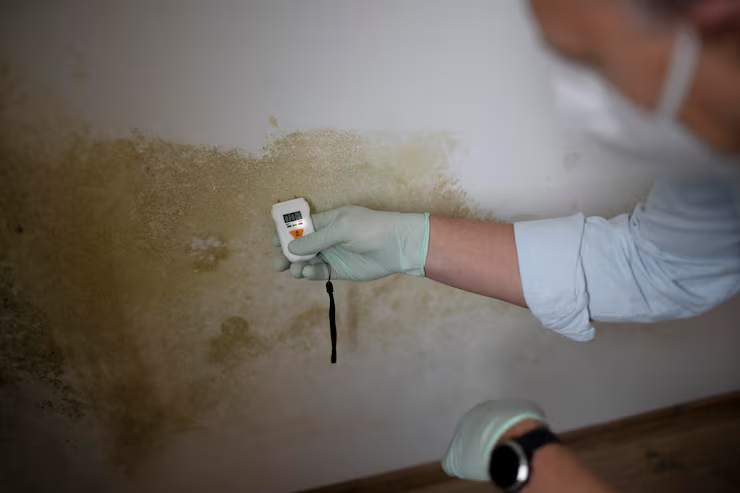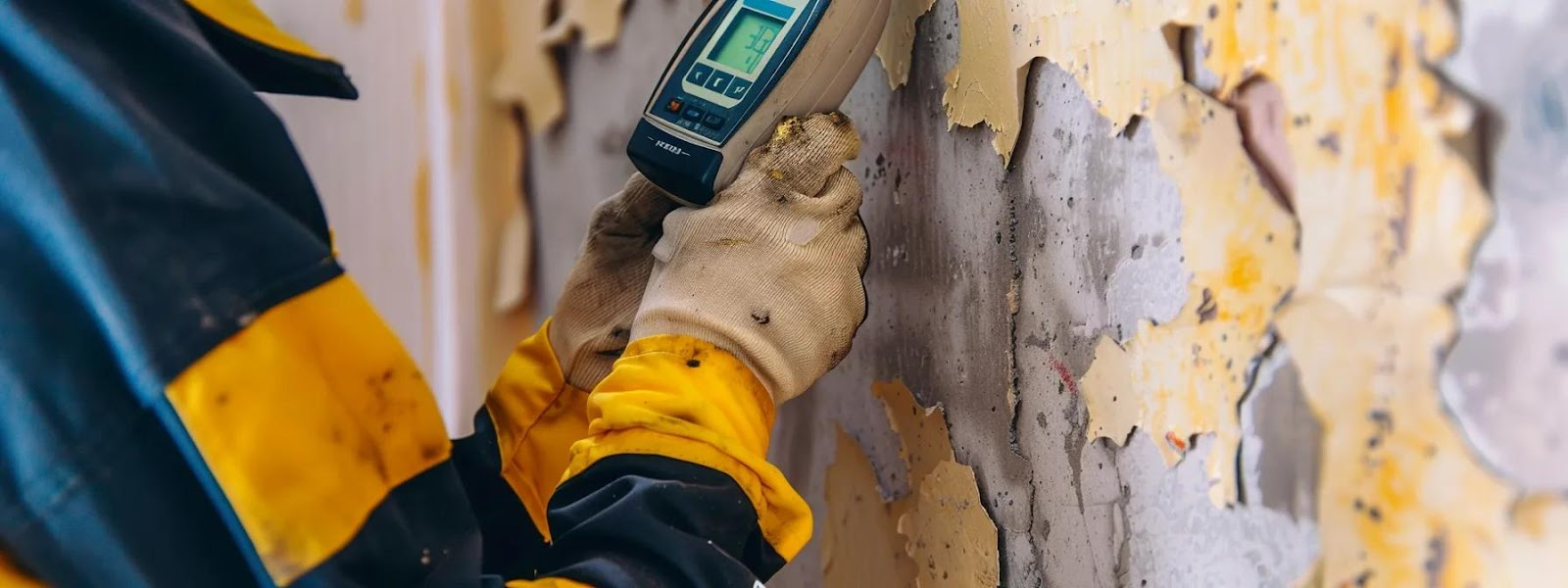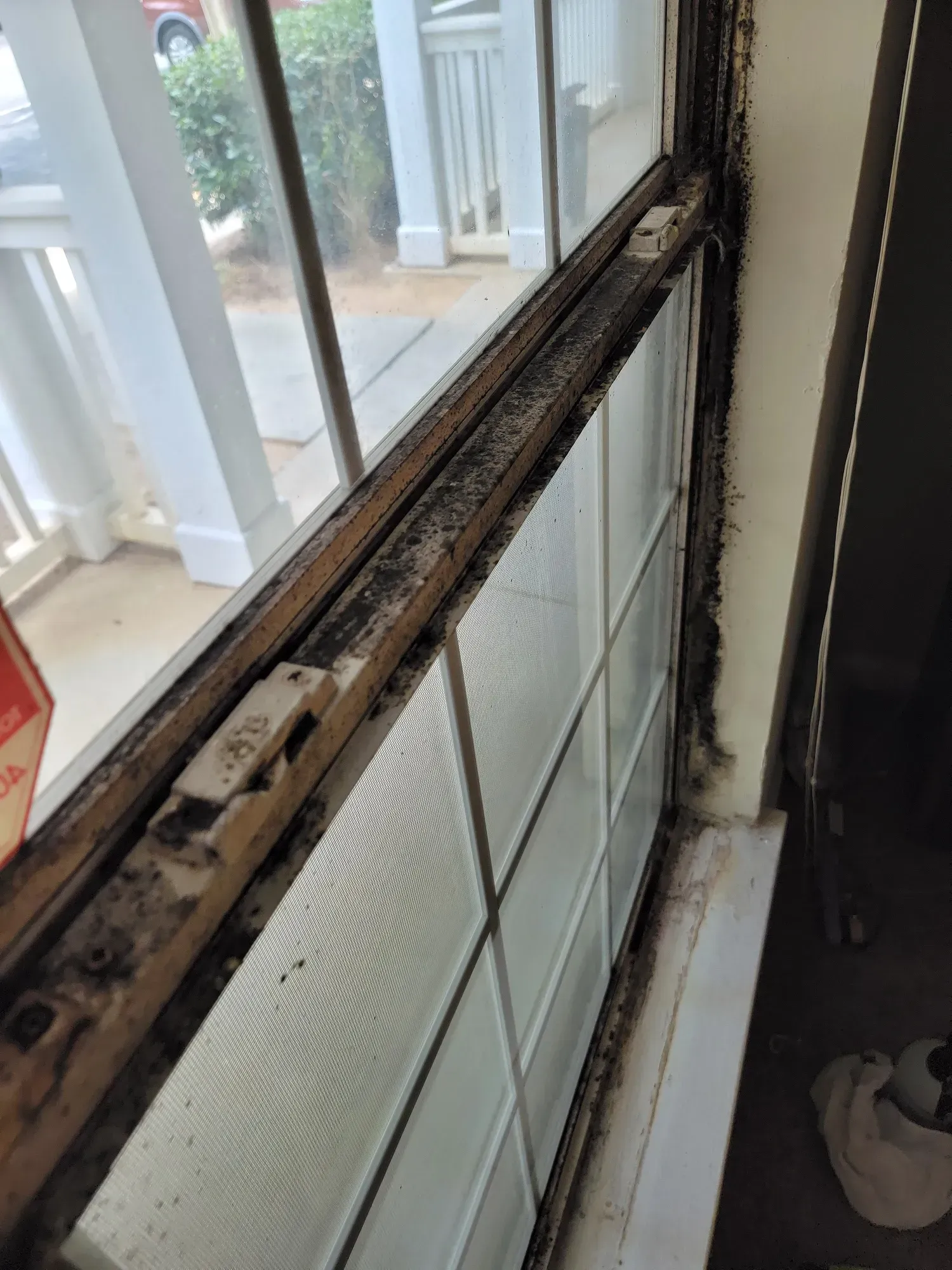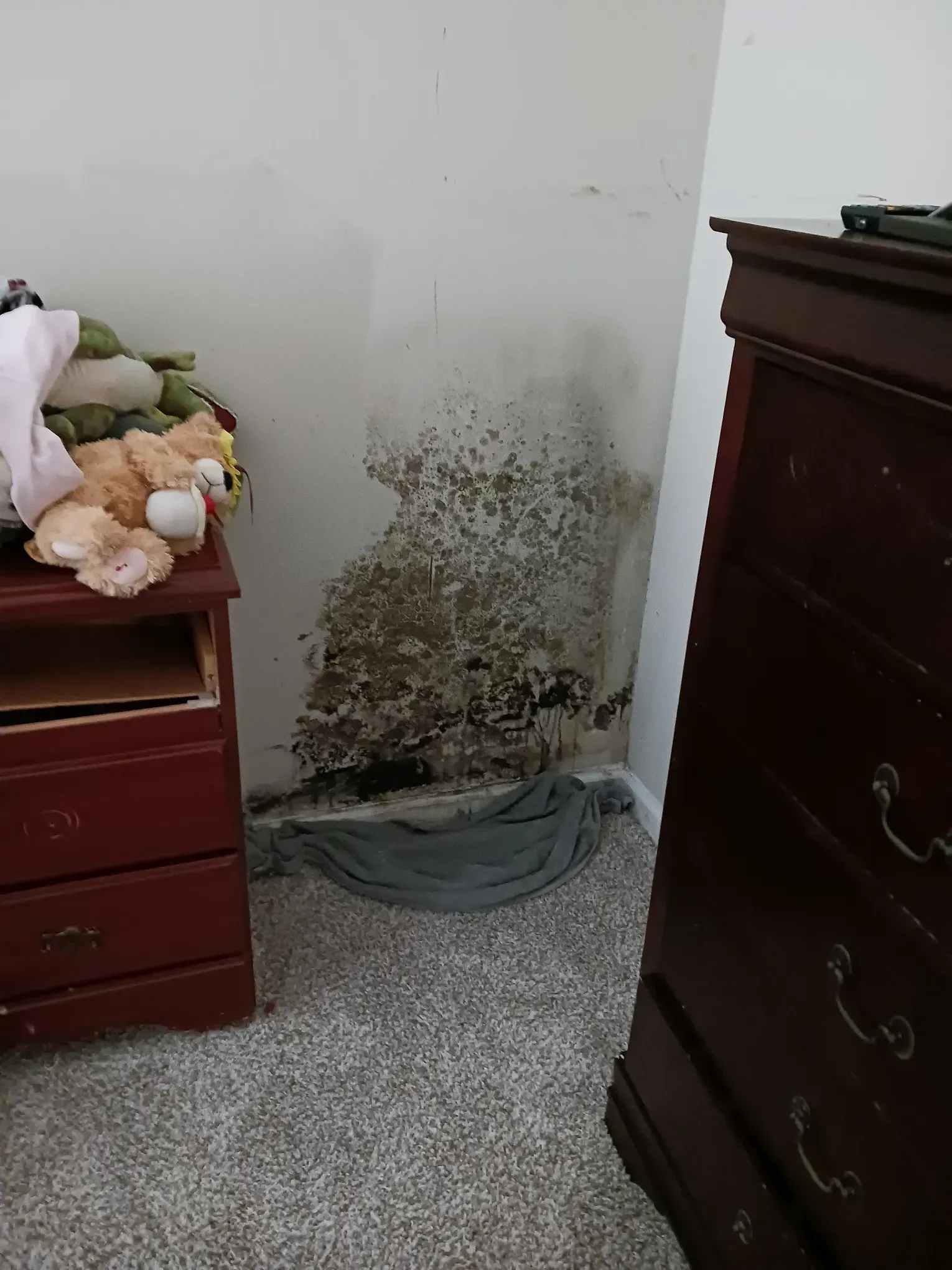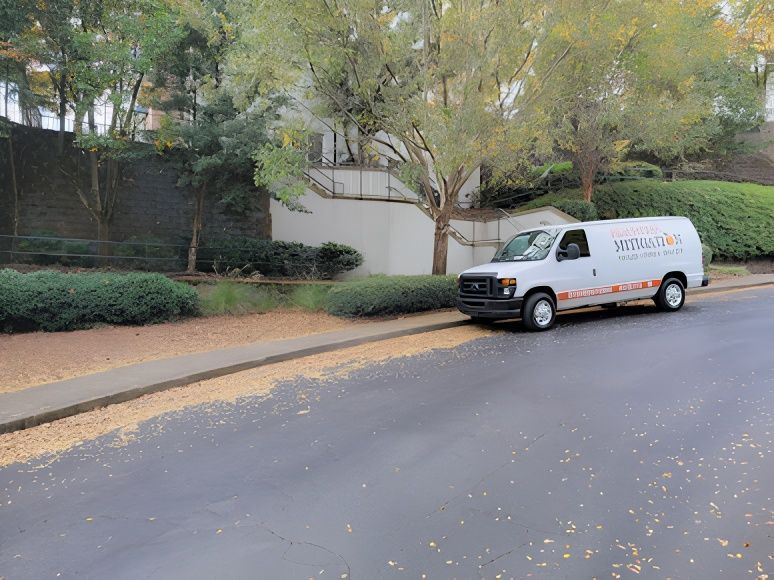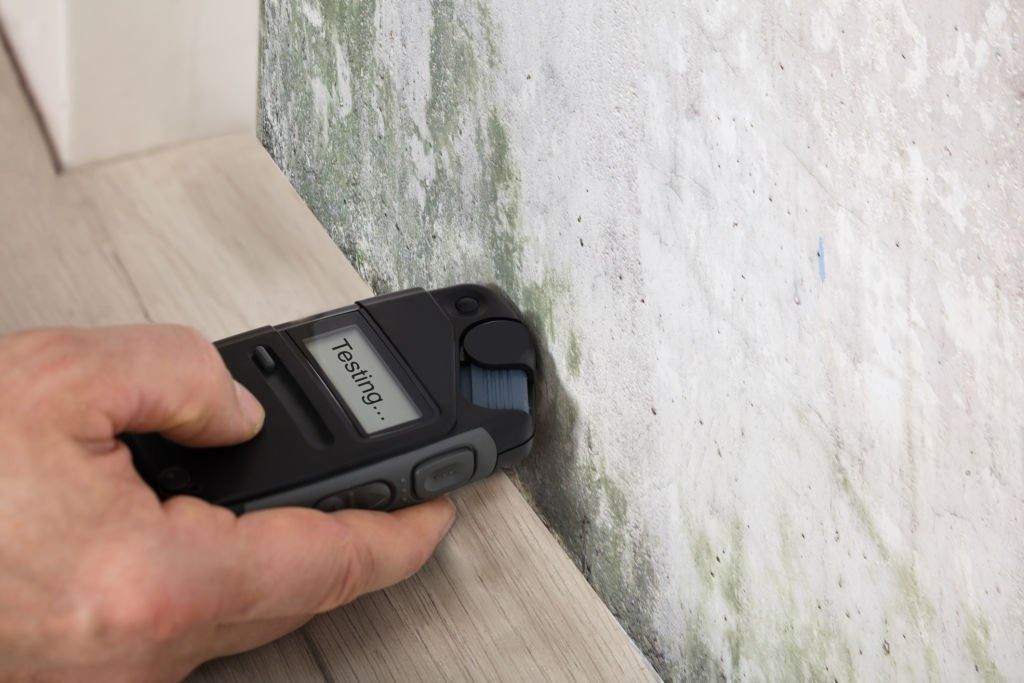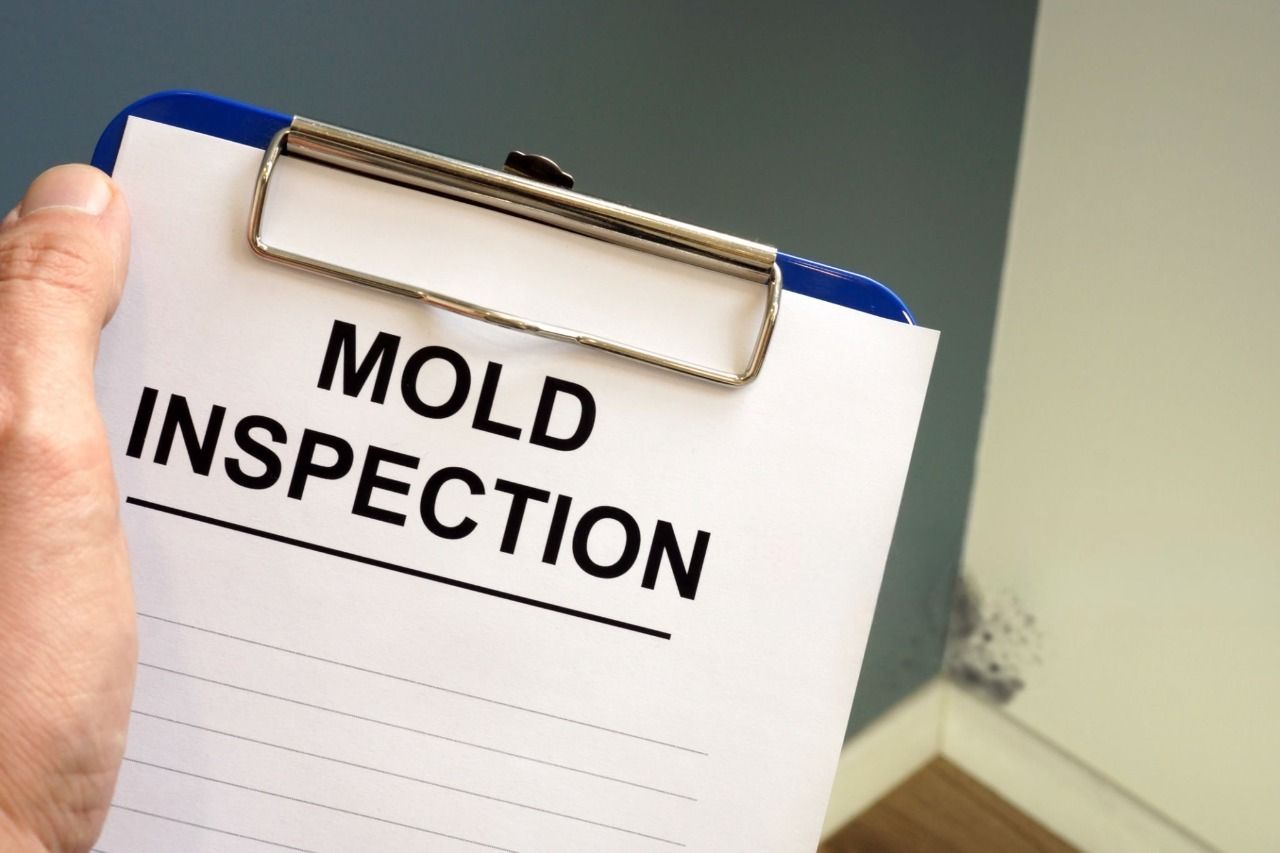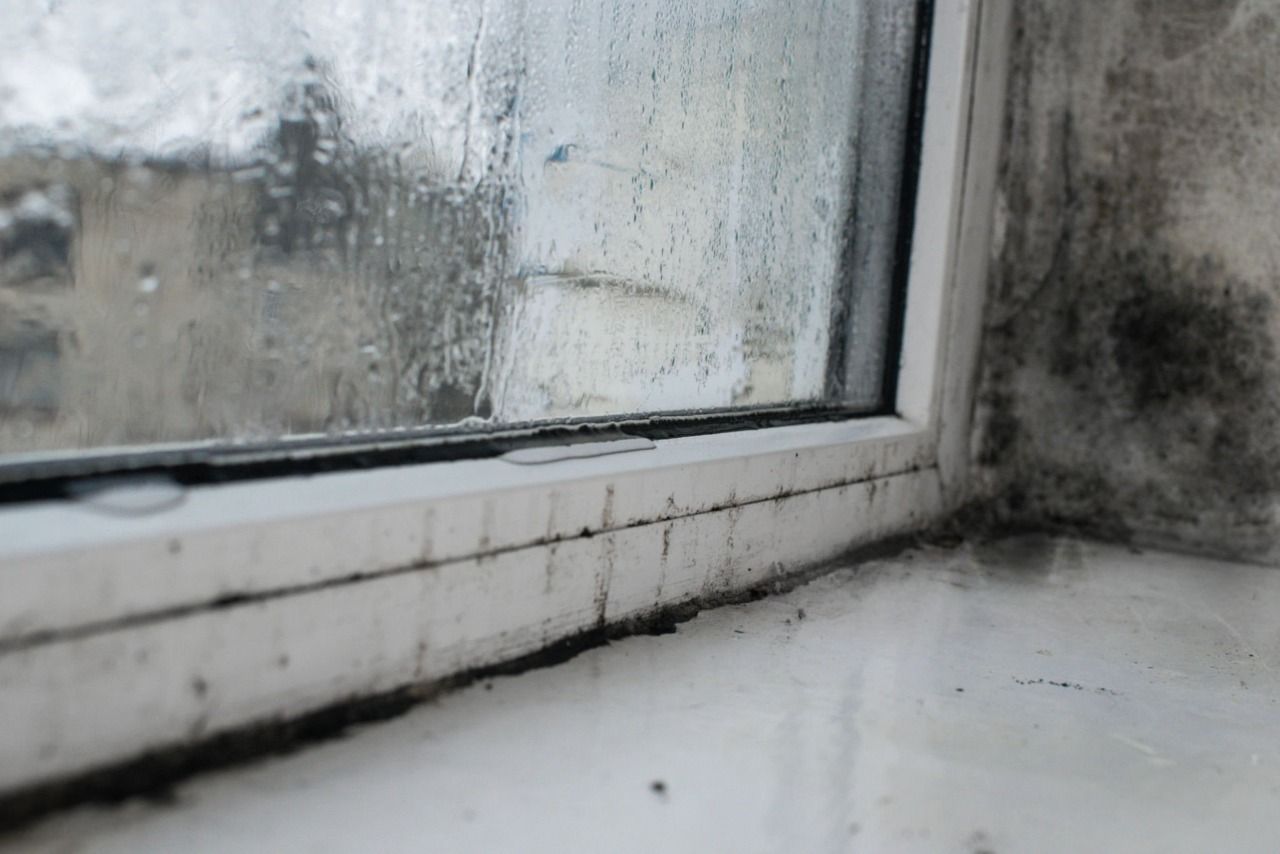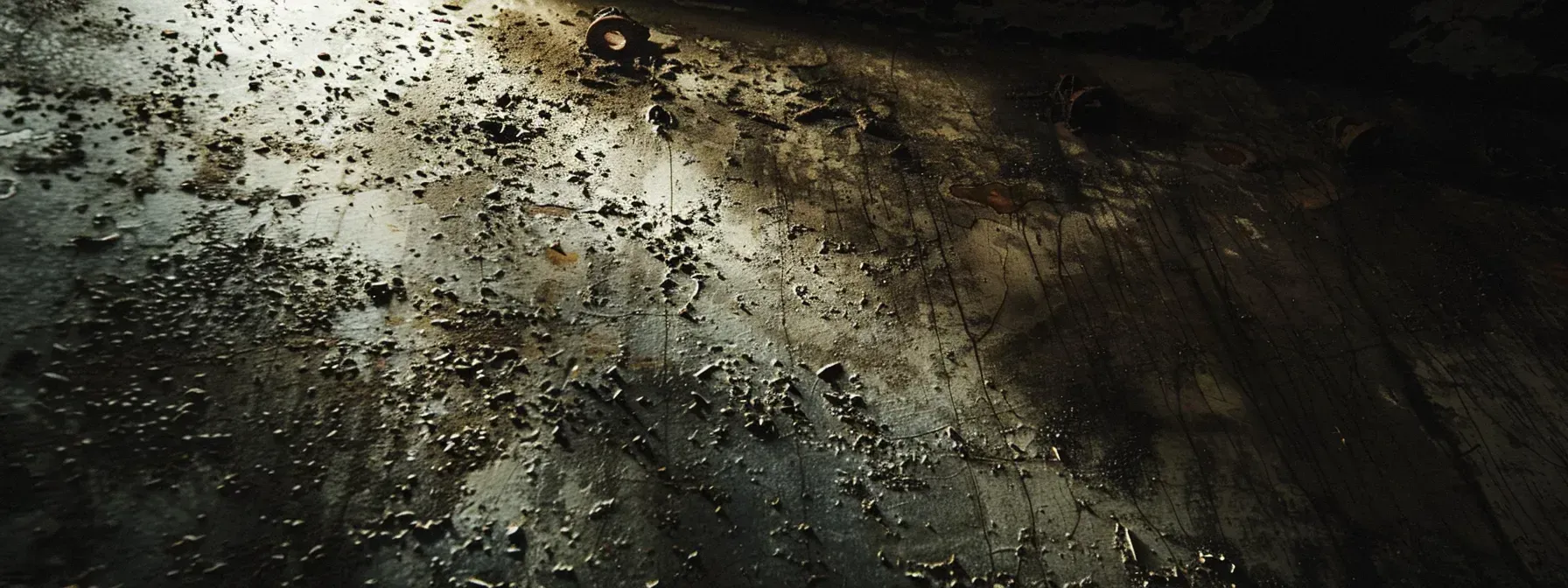DIY Mold Testing vs. Professional Mold Testing: Which Delivers the Truest Results for Your Home and Health?
Deciding between DIY mold testing and professional
mold testing in Duluth GA presents homeowners with a critical choice: convenience versus comprehensive accuracy.
Precise mold detection is essential for maintaining healthy indoor air quality, protecting your property's value, and preventing respiratory issues stemming from unseen spores. This guide breaks down three key areas:
- The fundamental differences in methods and what they reveal.
- The inherent limitations and potential risks of relying on DIY kits.
- The compelling reasons to opt for professional mold inspection services in Duluth, GA.
DIY Mold Testing vs. Professional Mold Testing: Which Delivers the Truest Results for Your Home and Health?
- Choosing between DIY and pro mold testing is convenience versus accuracy for Duluth homeowners
- DIY kits spot surface or airborne spores but miss hidden moisture sources
- Inconsistent sampling and conditions cause false negatives or positives that mislead fixes
- Pros use moisture meters, infrared, and calibrated air pumps with lab analysis
- Certified inspections deliver species IDs, moisture mapping, and an IICRC-aligned plan
Key Differences: DIY Mold Test Kits vs. Professional Mold Inspection Services
DIY kits offer basic surface or air sampling at a lower price point but provide limited identification of mold species and no insight into moisture sources.
Professional inspection services utilize certified inspectors equipped with advanced tools, expert sampling techniques, and thorough laboratory analysis. These distinct approaches significantly impact the reliability of findings and the effectiveness of remediation planning.
How Do DIY Mold Test Kits Function, and What Can They Identify?
DIY mold test kits employ straightforward collection tools to gather spores from the air or surfaces. A homeowner might place a settle plate in a room for several hours or swab a suspicious area, then send the samples to a lab.
These kits typically identify common mold genera, measure surface residue, and estimate airborne spore levels, but they do not pinpoint moisture sources or assess structural damage.
For homeowners, understanding these limitations is key before relying on DIY mold testing.
- The settle plate method captures airborne spores as they settle naturally.
- Swab sampling collects surface material for basic genus-level identification.
- Tape lift tests gather surface fragments for microscopic examination.
While these simple methods can aid in initial screening, they leave gaps in species identification and source analysis, often prompting property owners to seek expert evaluation.
What Equipment and Techniques Do Professional Mold Inspectors Employ?
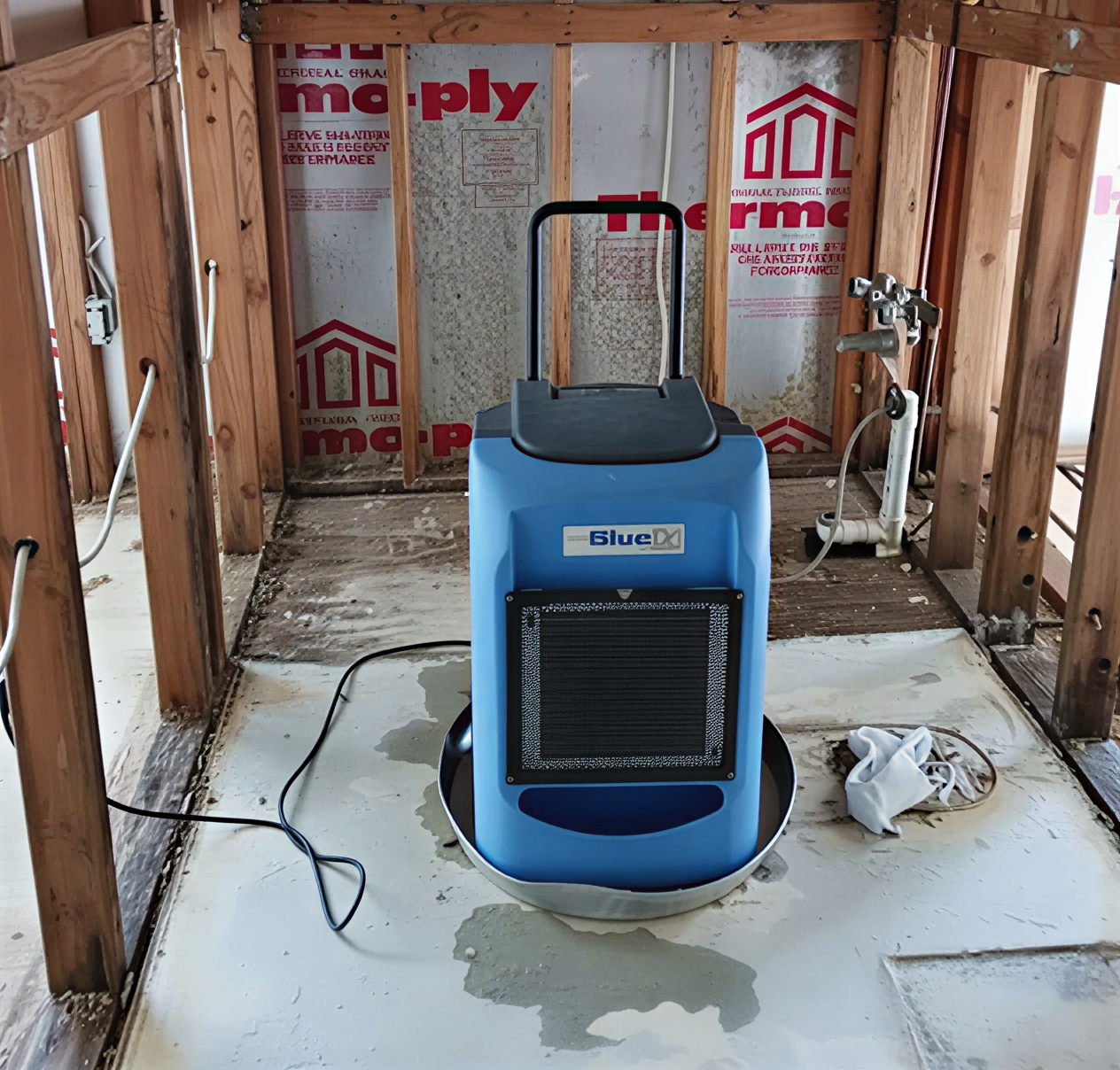
Professional mold testers in Duluth combine meticulous visual assessments with specialized instruments to ensure accurate detection and analysis. These certified technicians use moisture meters and infrared cameras to uncover hidden damp areas that fuel mold growth.
Air sampling pumps and portable spore traps collect quantifiable samples for detailed laboratory analysis of species and concentrations. Inspectors also conduct tape lifts and bulk sampling to identify mycotoxins and surface contamination.
- Moisture meters measure relative humidity and the moisture content within building materials.
- Infrared imaging detects temperature variations that signal concealed moisture.
- Air sampling with calibrated pumps quantifies airborne spores and mycotoxin fragments.
This
integrated approach enhances diagnostic precision, informs targeted remediation strategies, and supports health-conscious indoor air quality management.
Limitations and Risks Associated with DIY Mold Testing Kits
DIY mold testing kits offer a tempting shortcut, but they frequently yield incomplete or misleading data that can misdirect homeowners.
By focusing solely on spore counts or surface residues, these kits overlook critical underlying moisture sources and species-specific hazards.
Relying on at-home results risks delaying necessary professional intervention and can worsen structural damage, particularly in humid climates like North Georgia.
Why Are DIY Kits Often Inaccurate or Incomplete?
DIY mold kits can produce false negatives if spore levels fluctuate or hidden colonies go undetected.
Inconsistent sampling durations and varying environmental conditions can skew results, while the absence of standardized protocols leads to significant variability between different kits.
- Sampling times differ greatly, impacting the consistency of spore capture.
- Lack of humidity and temperature controls introduces seasonal bias.
- Limited laboratory analysis methods often result in misclassification of mold genera.
These shortcomings diminish confidence in at-home testing and increase the risk of overlooking dangerous mold species.
How Do DIY Kits Lack Expert Analysis and Comprehensive Reporting?
DIY kits provide basic numerical counts or genus-level findings but fail to offer contextual analysis of building conditions, potential health impacts, or detailed remediation planning.
Without certified inspectors, homeowners miss out on crucial recommendations regarding containment strategies, ventilation improvements, and long-term prevention measures.
- No assessment of the root cause of humidity issues or leaks.
- Absence of a clear, step-by-step remediation roadmap.
- Limited or generic safety guidance for building occupants.
This lack of expert oversight can create a false sense of security and result in serious consequences.
What Are the Potential Consequences of Misinterpreting DIY Test Results?
Interpreting DIY results without expert guidance can lead to ineffective remediation efforts or unnecessary expenses.
False negatives may leave mold growth unchecked, while false positives can trigger unwarranted demolition or chemical treatments. Homeowners might invest time and money in solutions that don't work, prolonging health risks and structural decay.
- Misallocated renovation budgets based on inaccurate spore counts.
- Unaddressed water intrusion that allows mold to persist and spread.
- Continued exposure to allergenic and toxigenic mold species.
Why Choose Professional Mold Inspection Services in Duluth, GA
Professional mold inspection and mold testing services significantly enhance detection accuracy, ensure robust health protection, and streamline restoration planning.
Moreover, local mold specialists possess a deep understanding of North Georgia’s climate-specific moisture patterns and common building types.
Certified inspectors can also provide homeowners with precise species identification, detailed moisture mapping, and customized remediation roadmaps to safeguard families and property investments.
| Service Feature | Key Benefit | Resulting Impact |
|---|---|---|
| Certified Inspector | High diagnostic reliability | Minimizes risks from hidden mold |
| Infrared Moisture Mapping | Detects concealed leaks | Prevents further structural deterioration |
| Laboratory Species Analysis | Specific health hazard profiling | Guides targeted remediation actions |
| Comprehensive Reporting | Detailed, IICRC-aligned action plan | Accelerates effective restoration |
Partnering with experienced professionals guarantees accurate assessments, efficient containment, and lasting mold prevention.
Conclusion
Professional inspection offers the clarity and confidence that DIY kits simply cannot provide.
Investing in expert assessment like that provided by Peachtree Mitigation not only reduces health risks from undetected spores but also optimizes remediation planning, ultimately saving you time and money.
The Duluth mold testing expert’s local expertise, satisfaction guarantee, and safety-first protocols are designed to improve your indoor air quality and protect your home.
Ensure your Duluth property remains safe and mold-free by choosing certified mold inspection services today.

